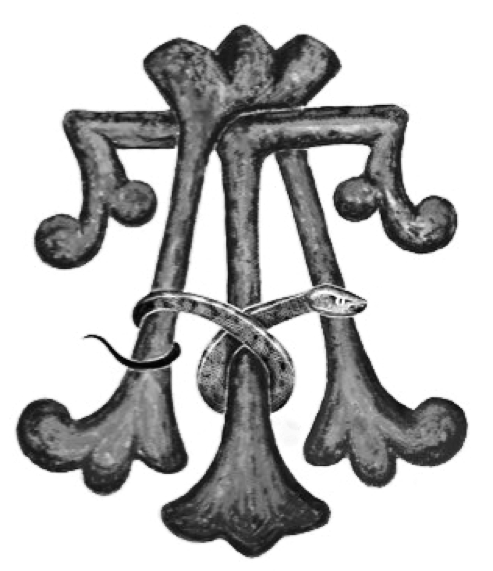Ivory Scale Axillary Thermometer
Ivory Scale Axillary Thermometer
It was clear to the ancients that body heat rose with illness and that a feverish patient was warm to the touch. Near the end of the 16th century Galileo devised his “Thermoscope”, a simple apparatus for measuring ones temperature predicated on expanding air that was compromised by barometric changes. In 1611 Santorio employed a sealed bulb and tube held in the mouth that negated the influence ofatmospheric changes. Remaining considerations included selection of a responsive fluid and choosing temperature constants upon which a scale could be based. Mercury was preferred as it never froze , boiled only with extreme heat, did not coat the bore of the tube and reacted promptly to cold and heat. In 1708 Dutch inventor, Gabriel Fahrenheit chose three fixed points for his temperature scale. A mixture of ice and sea water gave zero degrees, water froze at 32 degrees, normal body temperature at 96.6 degrees. Subsequently in 1742 Swedish scientist Celsius chose zero for freezing and 100 for boiling point of water and 37 degrees for normal body temperature.

